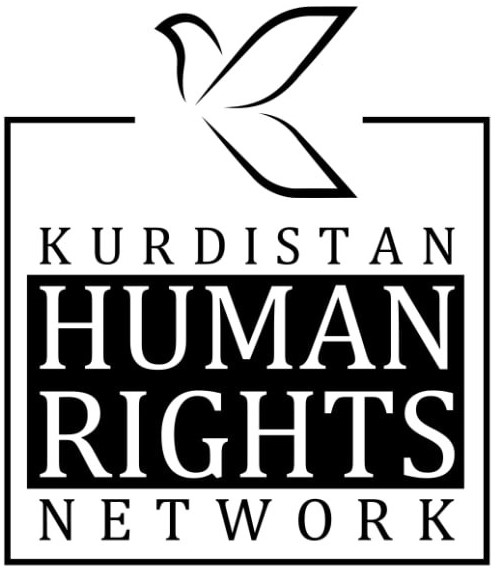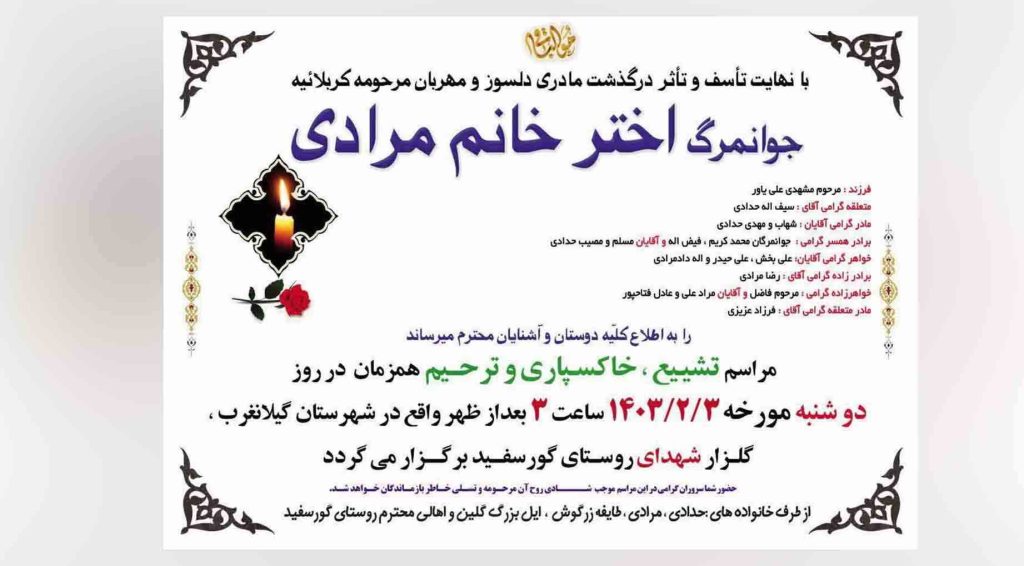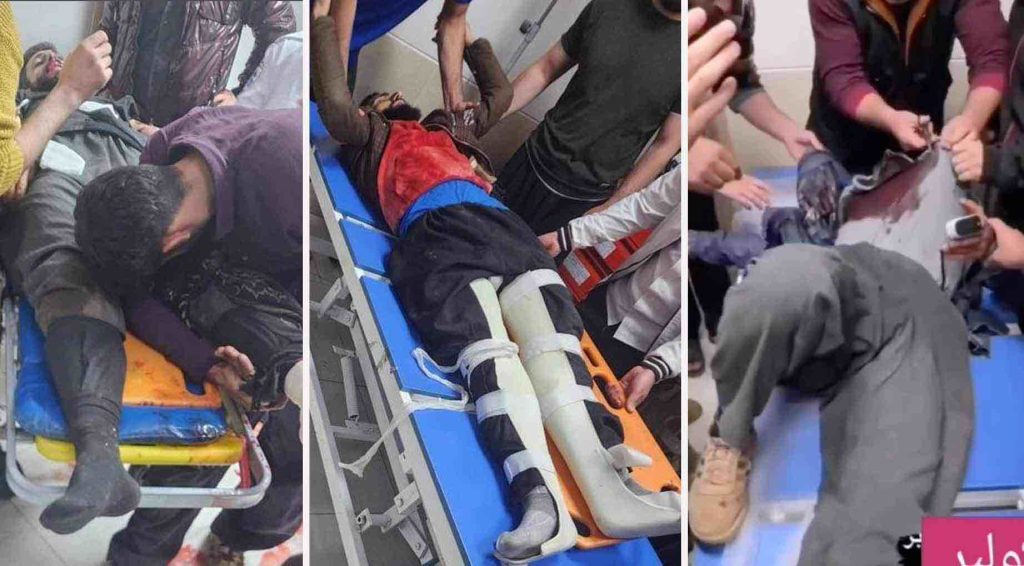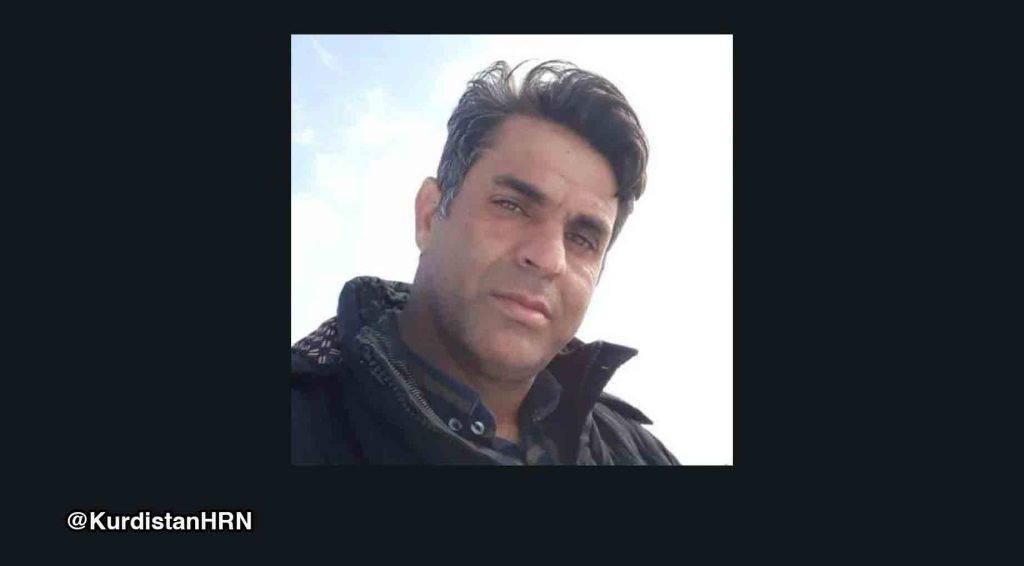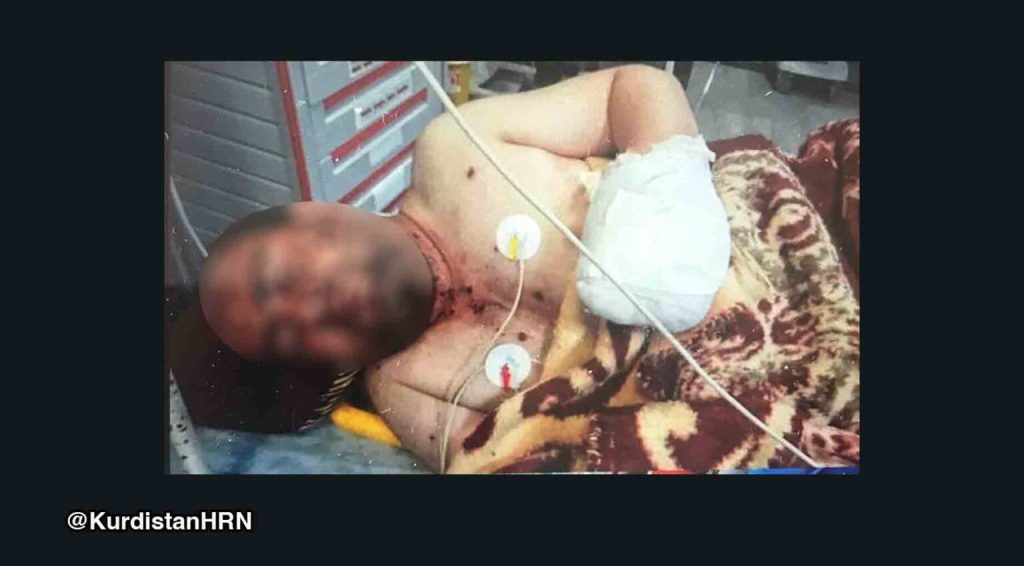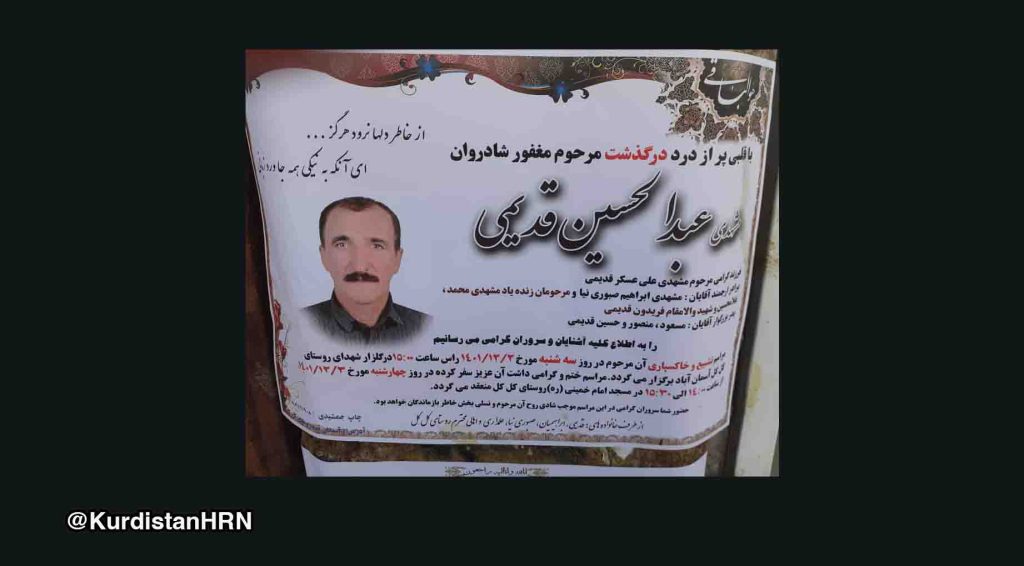The report below contains witness accounts of landmine explosions and the tragic consequences of such deadly incidents in Iran’s Kurdistan region.
Kurdistan Human Rights Network (KHRN) will every other week publish reports on victims of landmine explosions in cooperation with Isa Baziyar, a former landmine defuser turned activist to document the living conditions of surviving victims of landmine explosions.
The aim of publishing these report is to inform public opinion and international organisations on how real is the dangerous landmine threat on the civilian population in Kurdistan region, where children of the rural poor are the biggest victims.
The landmines in Kurdistan are the remains of the eight-year-long Iran-Iraq war in the 1980s.
A landmine explosion in March 2015 killed one and wounded four children in the province of Ilam, where the children had stepped on the landmine while on their way home from school.
Behzad Ebrahimi, a 12-year-old child from the town of Sarwabad near Mariwan was killed in a landmine explosion in August 2015.
Seven more children fell victim to a landmine explosion in the village of Nashkash near the city of Mariwan in October 2013.
Activist Isa Baziyar documented the stories of children victims who had survived landmine explosions with severe injuries, and he says the story of 16-year-old shepherd girl Parastu Mohammadi’s was the “most tragic of all”.
Ms. Mohammadi worked as a shepherd with her cousin and they had together looked after livestock when suddenly a landmine explosion killed her cousin and severely injured her, and she currently also suffers from Post-Traumatic Stress Disorder .
Baziyar met her and here how he recalls her story:
“In May 2013 I travelled to the landmine zones in order to investigate and meet the victims. This was to gather documents for a book that was never to be allowed publication. I interviewed and visited many victims, but the most tragic of all was that of Ms. Mohammadi, a Kurdish girl from Sarpolzahab.
The landmine explosion had taken place in the Bamu area near the city of Taza Abad and instantly killed her cousin, but Ms. Mohamadi had to face sufferings she described as being ‘worse than death’.
The scene of her dead cousin has since given her frequent nightmares and memory loss too, which have been diagnosed.
This is only one part of the story.
Ms. Mohammadi’s family are adherents of the Yarsani religion that is not officially recognised by the Islamic Republic of Iran, which has deprived members of this religious group from having their basic rights.
And, this is why the Yarsani family Ms. Mohammadi did not have the right to public health services and could not treat the daughter’s injuries and illnesses.
Her parents were later convinced that marriage was a solution and got her married to a seasonal worker, but he also did not have the financial means to pay for Ms. Mohammadi’s medical treatment.
Her situation and illnesses kept worsening as a result of not receiving medical treatment.
She gave birth but was unable to look after the baby due to her deteriorated mental and physical health.
Her Husband eventually broke up with her and she returned to her family with her baby.
Her life is a story of pain and sorrow of a Kurdish girl who is victim of all kinds of discriminations, on one hand she is a victim of landmine explosion and on the other she is a victim of religious discrimination implemented by the Iranian government, which resulted in her ending up in such an inhumane condition.”
Hundreds of Kurdish victims of landmine explosions in the Kurdistan region are similarly in need of urgent medical care and the Iranian government is responsible for the lives of the victims.
It is worth mentioning that the UN Committee on the Rights of the Child has openly condemned the Islamic Republic of Iran on children victims of landmine explosions in the country.
Interview with Parastu and her father (Kurdish )
